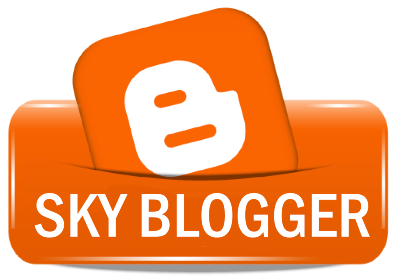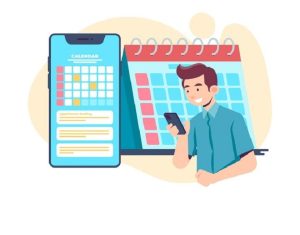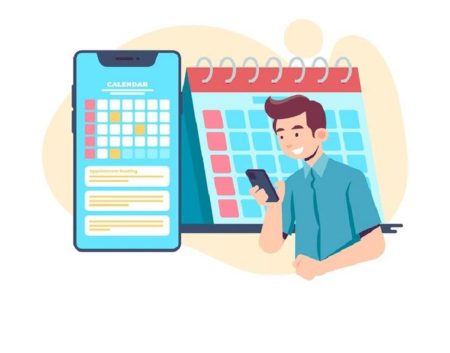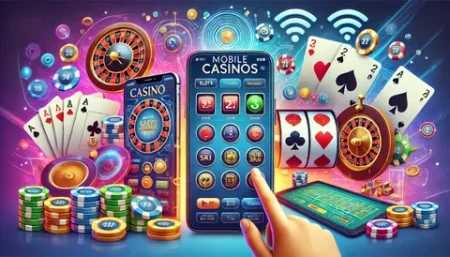The dream of holding your own book is more attainable than ever, even if your budget isn’t limitless. For first-time writers, the sheer cost of professional editing, cover design, and marketing can feel prohibitive. However, the self-publishing industry has evolved to offer numerous platforms that empower authors to publish their work with minimal or even no upfront costs, making literary aspirations accessible to everyone.
This guide focuses on the most largest self publishing companies that provide excellent value and essential features for new authors.
The “Free to Publish, Pay from Royalties” Model: Your Best Bet
The most budget-friendly options for first-time authors are platforms that operate on a “free to publish, pay from royalties” model. This means you don’t pay anything upfront to get your book listed. Instead, the platform takes a percentage of your sales (your royalty) once your book sells. This significantly reduces your financial risk.
Here are the top contenders:
1. Amazon Kindle Direct Publishing (KDP)
- Cost: FREE to publish ebooks and print-on-demand (paperback and hardcover).
- Why it’s great for beginners:
- Market Dominance: Amazon is the largest online bookstore. Publishing here gives your book access to a massive global audience right from the start.
- Ease of Use: KDP’s dashboard is intuitive and user-friendly, guiding you through the upload process step-by-step.
- Print-on-Demand (POD): No need to order hundreds of copies upfront. Books are printed only when a customer orders them, eliminating inventory costs and making physical copies accessible globally.
- Competitive Royalties: Offers up to 70% royalties on ebooks priced between $2.99 and $9.99.
- What to know: While publishing is free, you’ll need to invest time in formatting your manuscript (or use free online tools) and creating an appealing cover to compete effectively.
2. Draft2Digital (D2D)
- Cost: FREE to publish. D2D takes a small percentage (around 10-15%) of your royalties from sales through their distribution network.
- Why it’s great for beginners:
- Ebook Aggregator: This is D2D’s superpower. You upload your book once, and they distribute it to almost all major ebook retailers outside of Amazon, including Apple Books, Kobo, Barnes & Noble (Nook), Google Play Books, Scribd, Tolino (a major European platform), and many library systems. This saves you immense time and effort.
- Free Automated Formatting: D2D offers fantastic, free automated formatting tools that can convert your raw manuscript into professional ebook files, a huge boon for authors without design software or expertise.
- User-Friendly: Known for its clean and intuitive interface, making the entire publishing process simple.
- D2D Print: They also offer a print-on-demand service (leveraging IngramSpark’s network), allowing you to get your paperback out to a wide range of booksellers.
- What to know: While it offers print distribution, IngramSpark (see below) is often preferred for its direct integration with the wholesale network if print is a major focus.
3. Barnes & Noble Press
- Cost: FREE to publish ebooks and print books.
- Why it’s great for beginners:
- Direct Access to B&N: Your book will be available directly on the Barnes & Noble online store, with potential for ordering into physical B&N stores.
- User-Friendly: A relatively straightforward platform for uploading and managing your books.
- Competitive Royalties: Offers competitive royalty rates for both ebooks and print.
- What to know: Primarily focuses on the US market. While a significant retailer, its market share is smaller compared to Amazon.
4. Kobo Writing Life
- Cost: FREE to publish ebooks and audiobooks.
- Why it’s great for beginners:
- Strong International Reach: Kobo has a significant international presence, particularly in Canada, Europe, and Asia, making it excellent for reaching global readers.
- Non-Exclusive: You’re not tied to Kobo only; you can publish elsewhere simultaneously.
- Competitive Royalties: Offers up to 70% royalties on ebooks.
- What to know: While strong internationally, its overall market share is less than Amazon’s.
5. Lulu
- Cost: FREE to publish (they offer paid services for additional support, but the core publishing is free).
- Why it’s great for beginners:
- Good for Print Books: Lulu is well-regarded for its print-on-demand services and can be a good option for authors prioritizing the physical appearance of their book.
- Direct Sales & Retailer Distribution: You can sell direct through the Lulu Bookstore, and they also offer distribution to major retailers like Amazon and Barnes & Noble.
- Flexibility: Provides various formats, including unique options like coil-bound books or photo books.
- What to know: While free to publish, their print prices for author copies can sometimes be higher than KDP Print or IngramSpark, which can impact your profit margins if you buy many copies.
Beyond the Free Platforms: Where to Invest a Little
While the above platforms get your book out for free, a truly professional book often benefits from some investment. However, you can make these investments strategically and on a budget:
- Professional Cover Design: This is arguably the most important investment. A great cover can make or break your sales. Look for affordable freelance designers on platforms like Fiverr, Upwork, or through communities like Reedsy (which curates professionals). Expect to pay anywhere from $100-$500+ for a good cover.
- Basic Editing (Proofreading/Copyediting): Even a quick proofread can catch embarrassing typos. Consider hiring a freelance proofreader for a light pass. Again, platforms like Fiverr or Upwork can be good starting points for budget-friendly options, or ask fellow writers for recommendations.
- ISBNs: While some platforms (like KDP) offer a free ISBN (which ties your book to their platform), it’s often advisable to purchase your own ISBNs from your country’s official ISBN agency (e.g., Bowker in the US). This gives you more control and flexibility for future editions or platforms. A single ISBN typically costs around $125, but buying in bulk (e.g., 10 for $295) significantly reduces the per-ISBN cost.
Tips for First-Time Authors on a Budget:
- Do it yourself, intelligently: Utilize free formatting tools (like D2D’s or the Reedsy Book Editor) and free stock photo sites (e.g., Unsplash, Pexels) for inspiration.
- Learn the basics of marketing: Social media, author websites (even a simple one), and email lists are powerful free marketing tools.
- Start with ebooks: Ebooks have no printing costs, making them the most budget-friendly entry point. You can always add a print version later.
- Proofread ruthlessly: Get friends, family, and beta readers to help you catch errors before you publish. While not a substitute for professional editing, it’s better than nothing.
- Focus on quality content: No matter how fancy your cover or marketing, a compelling story or well-written non-fiction book is your ultimate asset.
Self-publishing has democratized authorship. By choosing the right affordable services and focusing your limited budget on key areas like cover design, you can launch your writing career and share your story with the world without breaking the bank.








